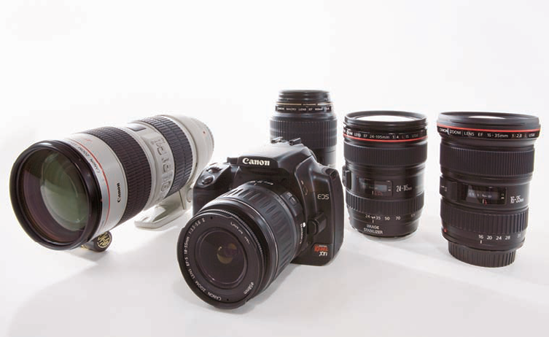Chapter 5. The Art and Science of Lenses
In This Chapter
Lens choices
Understanding zoom and single-focal-length lenses
Understanding the focal-length multiplication factor
Using wide-angle lenses
Using normal lenses
Using telephoto lenses
Using macro lenses
Extending the range of any lens
One of the biggest advantages to owning the Canon Digital Rebel XTi/400D is the ability to use EF- and EF-S-mount interchangeable lenses. By simply changing lenses, you can transform a boring scene into a compelling and interesting composition.
The lens is the "eye" of the camera, so don't underestimate the importance of high-quality lenses. With a high-quality lens, pictures have stunning detail, high resolution, and snappy contrast. Conversely, low-quality optics produce marginal picture quality.
This chapter takes a look at the lenses available so you can feel comfortable when making decisions about which additional lenses you would like to have for the type of photography you most enjoy.
Lens Choices
Lenses range in focal lengths (the amount of the scene that is included in the frame) from fish-eye to super telephoto and are generally grouped into three main categories: Wide angle, normal, and telephoto. There are also macro lenses that serve double-duty as either normal or telephoto lenses in addition to their macro capability.

Figure 5.1. Having a selection of lenses increases your creative options with ...
Get Canon® EOS Digital Rebel XTi/400D Digital Field Guide now with the O’Reilly learning platform.
O’Reilly members experience books, live events, courses curated by job role, and more from O’Reilly and nearly 200 top publishers.

